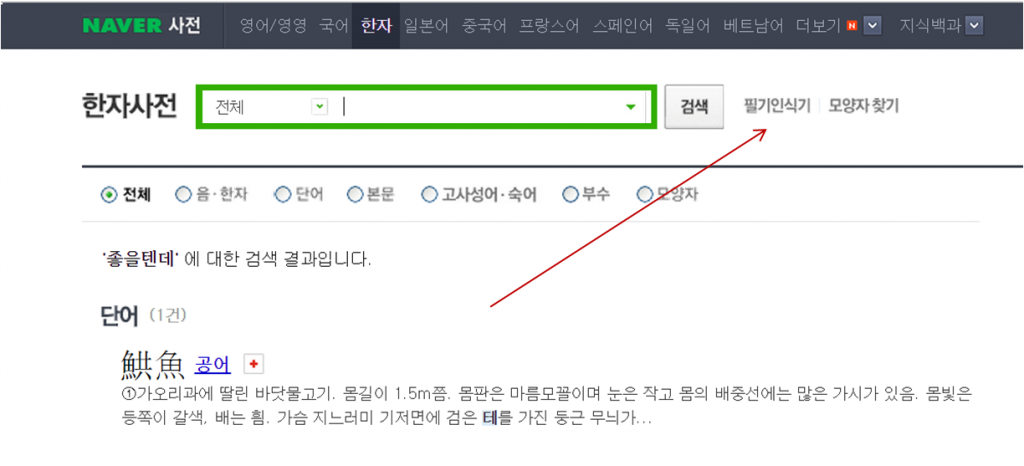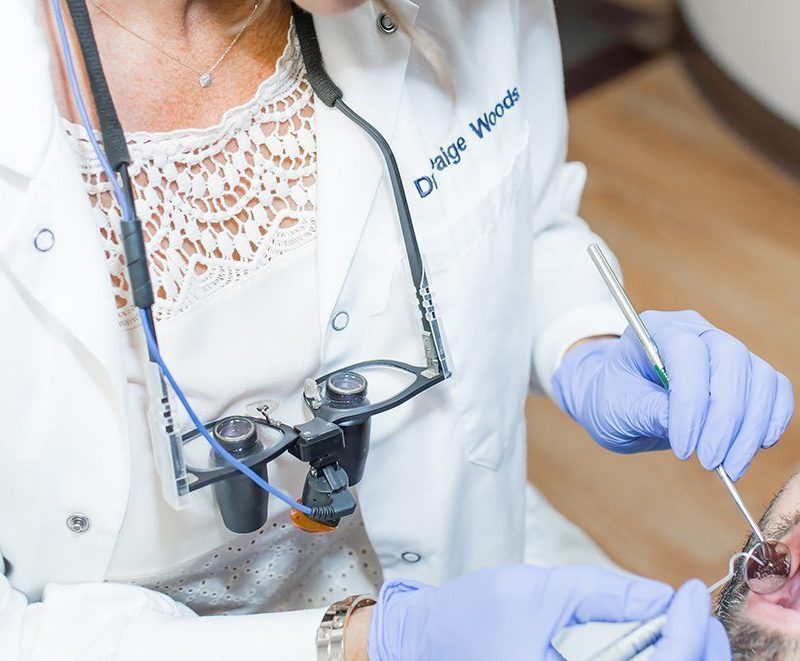As a translator, I process anywhere between 2,500 to 5,000 English words a day. (This figure is just my personal standard, and there are people who process more words than this.) To calculate this in terms of keystrokes, even multiplying the figure by 6 gives you 15,000 to 30,000. This is actually an enormous amount. If you add in the keystrokes and clicking that happen during the formatting or proofreading process on top of that, a translator would be lucky to still have his/her hands intact by the end of the day, don’t you think? Given this amount of work, there are a few things you can do to help yourself.
CAT tools
If you use a CAT tool, you can avoid the numerous clicks that go into formatting. Also, because you can use TM (translation memory), you will save considerably on both time and physical stress on your fingers and wrists.
Speech recognition programs
Using a speech recognition program, you can save a significant amount of labor if your target language is English.
Even if you take the above measures, there will be times when your wrists and fingers will hurt from too much work. It’d be nice if these things didn’t happen at all, but when they do happen, it can take a few days or weeks to recover. To make things worse, it’s not likely you can simply stop working completely until you recover… In cases like this, you need to take some emergency measures.
It’s a little embarrassing, but I’m going to introduce a few of the emergency measures I took. (The things I’m introducing to you below are just emergency measures. Please don’t use them as a remedy for constantly overworking yourself. The wise thing to do is to avoid creating such a situation where you have to use these methods in the first place. An ounce of prevention is worth a pound of cure as the recovery is long and painful.)
Protecting the right hand index and middle finger
If you study the keyboard attentively, you will find that its form is quite irrational. First of all, the range that the right hand must cover is overwhelmingly larger than that covered by the left hand, and all the important keys are made to be typed by the right hand, including numbers.

On top of all that, don’t we also operate the mouse with our right hands? That poor right hand…
I thought about how I could use the mouse with my left hand, and it turns out to be quite simple. All you have to do is just begin to use the mouse with your left hand. :D Those of you who are already left-handed are in luck, and even if you aren’t, you just need to train yourself to operate the mouse with your left hand. There is also a way to change the mouse’s left-click and right-click functions, but in my opinion, you can just leave the functions as they are and just switch it over to the left. Everything is up to you.
If, even after making all this effort to protect it, your index finger still hurts from being overworked, it helps a bit to wrap a bandage over it. Because your finger doesn’t bend if you do this, it really feels like that injured area is being well protected. Besides, doing this helps psychologically to remind yourself how much you’re overworking yourself.

Protecting the wrist
Overworking your right hand has consequences for your wrist as well as your fingers. My wrist was hurting a lot, so I consulted an Oriental medicine doctor that I know who introduced me to an item that athletes use to protect their wrists.

I bought one of these at a store that sells medical equipment. When you have this on, you can really only move your wrists to do very basic motions. It also helps your recovery by protecting your wrist so that you don’t use it when you do other activities like eating or washing. It’s been at least a few years since I’ve used this, so perhaps it was a waste of money, but I still keep it in the corner of my room where I can see it instead of storing it away somewhere. It’s an item that serves as a good reminder of what can happen if I overwork myself.
Protecting your body in your everyday life
I’ve heard that professional soccer players take out insurance on their feet. If a translator was to insure a part of his/her body, what body part would it be? I can think of two places: one is the brain and the other is the wrists and fingers. Recently, whenever I saw players heading the ball during the World Cup soccer match, I kept worrying, “that must hurt a lot; will they be able to live proper lives in the future after things like that?” I don’t know what kind of hobbies you all have, but I don’t do anything where I have to hit my head against something. What good can come from hitting my already slow head against something? That’s why I’m always careful. I also actively regret all the times in the past when I recklessly went around hitting my head everywhere.
I also make an effort to protect my fingers and wrists. Carrying a heavy item with a strap can be a huge burden on your fingers. In cases like that, I either choose to not carry the item at all or I hold the item itself in my hands or arms instead of holding it by the strap. Think about how much trouble our heads, fingers, and wrists go through for us. We can’t just work them like slaves. We must value and protect them as well.








